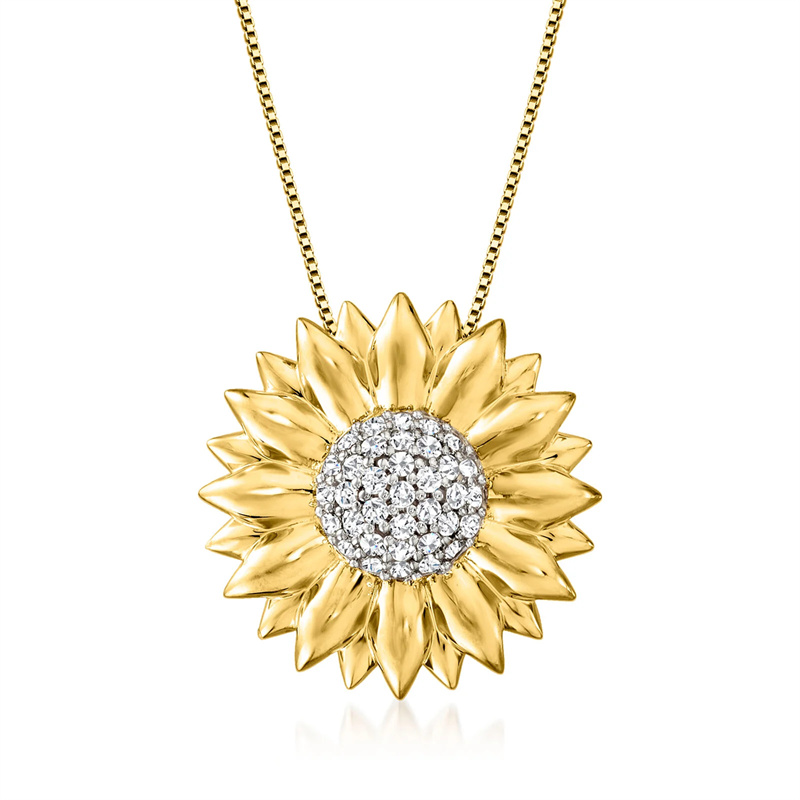Understanding the Differences Between Vacuum Plating and Electroplating for Custom Silver and Copper Jewelry in China
Abstract
When Portuguese clients commission custom silver or copper jewelry from China, understanding the differences between vacuum plating and electroplating is crucial. These two surface finishing techniques significantly influence the jewelry’s appearance, durability, cost, and maintenance. This comprehensive guide explores the distinctions between vacuum plating and electroplating, providing insights to assist clients in making informed decisions for their custom jewelry projects.
1. Introduction
Custom jewelry offers a unique opportunity to express personal style and cultural heritage. For Portuguese clients seeking to commission silver or copper jewelry from China, selecting the appropriate surface finishing technique is essential. Vacuum plating and electroplating are two prevalent methods used to enhance the aesthetic appeal and longevity of jewelry pieces. Understanding the nuances of each process can help clients choose the best option to meet their expectations.
2. What Is Vacuum Plating?
Vacuum plating, also known as Physical Vapor Deposition (PVD), is a modern coating technique that involves depositing thin layers of metal onto a substrate under vacuum conditions. The process typically uses methods such as sputtering or evaporation, where the metal is vaporized and then condensed onto the jewelry surface. This results in a durable and uniform coating that enhances the jewelry’s appearance and resistance to wear.
3. What Is Electroplating?
Electroplating is an electrochemical process that uses an electric current to reduce metal cations from a solution onto a conductive surface. In the context of jewelry, this means immersing the piece into an electrolyte solution containing metal salts, with the jewelry acting as the cathode. The metal ions are reduced and deposited onto the jewelry’s surface, forming a thin metallic layer. Electroplating is widely used to enhance the aesthetic qualities and durability of jewelry.
4. Comparative Analysis: Vacuum Plating vs. Electroplating
| Feature | Vacuum Plating (PVD) | Electroplating |
|---|---|---|
| Process | Physical vapor deposition under vacuum conditions | Electrochemical deposition using electric current |
| Durability | High resistance to wear and corrosion | Moderate durability; may require re-plating over time |
| Aesthetic Finish | Matte to glossy; can achieve various colors | Glossy finish; limited color options |
| Environmental Impact | Lower; minimal hazardous waste | Higher; involves use of chemicals and generates waste |
| Cost | Higher due to equipment and process complexity | Generally lower; established technology |
| Material Compatibility | Suitable for metals like titanium, stainless steel | Compatible with a wide range of metals including silver and copper |
5. Advantages and Disadvantages
Vacuum Plating:
Advantages:
-
Enhanced Durability: The coating is more resistant to scratches and tarnishing.
-
Uniform Coating: Provides a consistent and even layer over complex shapes.
-
Environmental Benefits: Produces fewer hazardous byproducts compared to electroplating.
Disadvantages:
-
Higher Costs: Requires specialized equipment and controlled environments.
-
Limited Thickness: The deposited layer is typically thinner, which may affect longevity in certain applications.
Electroplating:
Advantages:
-
Cost-Effective: More affordable due to established processes and equipment.
-
Versatility: Can be applied to a wide range of metals and shapes.
-
Established Technology: Well-understood process with a long history in jewelry manufacturing.
Disadvantages:
-
Environmental Concerns: Involves the use of hazardous chemicals and generates waste.
-
Wear and Tear: The plating may wear off over time, especially with frequent use.
6. Choosing the Right Technique for Custom Jewelry
When commissioning custom silver or copper jewelry from China, Portuguese clients should consider the following factors:
-
Desired Durability: If the jewelry is intended for daily wear, vacuum plating may offer superior longevity.
-
Aesthetic Preferences: For a glossy finish, electroplating might be preferred; for a matte or colored finish, vacuum plating could be more suitable.
-
Budget Constraints: Electroplating is generally more cost-effective, making it ideal for larger production runs.
-
Environmental Considerations: Vacuum plating presents a more eco-friendly option with fewer hazardous byproducts.
7. Conclusion
Both vacuum plating and electroplating offer distinct advantages for enhancing the appearance and durability of custom silver and copper jewelry. By understanding the differences between these two techniques, Portuguese clients can make informed decisions that align with their aesthetic preferences, budget, and environmental values. Collaborating with reputable manufacturers in China who are transparent about their processes and materials can ensure the creation of high-quality, customized jewelry pieces that meet the client’s expectations.
References
-
“PVD Plating vs Electroplating – Jewepiter.” Jewepiter. https://www.jewepiter.com/pvd-plating-vs-electroplating/
-
“Electroplating Jewellery – Ganoksin Jewelry Making Community.” Ganoksin. https://www.ganoksin.com/article/electroplating-jewellery/
-
“Electroplating – SMV Thailand.” SMV Thailand. https://smvthailand.com/en/glossary/electroplating/
-
“Vacuum Plating and Water Plating – Justop Jewelry.” Justop Jewelry. https://justopjewelry.com/the-difference-between-vacuum-plating-and-water-plating/
-
“Advantages, Applications, And Drawbacks Of The Vacuum Electroplating – Skope Entertainment Inc.” Skope Entertainment Inc. https://skopemag.com/2023/05/04/advantages-applications-and-drawbacks-of-the-vacuum-electroplating
Note: The above references provide additional insights into the processes and considerations related to vacuum plating and electroplating in jewelry manufacturing.
